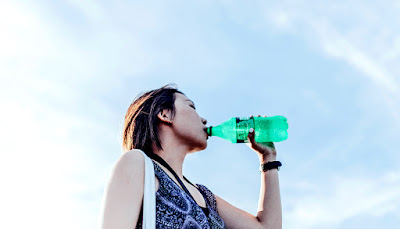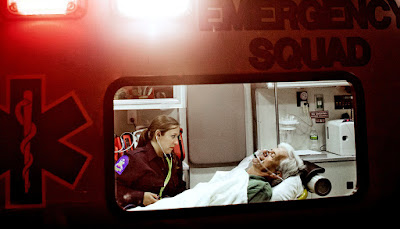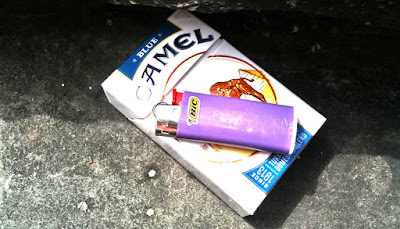WARNING LABELS CAN KEEP PEOPLE FROM BUYING SUGARY DRINKS
Warning tags can maintain customers from choosing sweet beverages such as soft drink, with video having actually the best impact, according a brand-new study.
However, the Unified Specifies has yet to pass regulations that would certainly require such warning tags.
Karena Odion Ighalo, Bintang Nigeria Ini Menolak
"The influence of sugar-sweetened drink (SSB) warning tags has the tendency to be according to the effectiveness of warning tags on cigarette packages," says Ruopeng An, aide teacher at Washington College in St. Louis and lead writer of the paper in the American Journal of Preventative Medication. "Additionally, SSB warning tags may change consumers' understandings about the healthfulness of a drink."
SSBs are drinks that are sweetened with various forms of included sugars, such as routine soft drink, fruit beverages, sporting activities beverages, power beverages, sweetened waters, and coffee and tea drinks with included sugars. From 2011 to 2014, on any provided day, 6 in 10 young people and 5 in 10 grownups in the US consumed SSBs and obtained over 140 calories from their consumption.
DIFFERENT TYPES OF WARNINGS
"Throughout the previous years, various kinds of warning tags have been developed and evaluated that intended to notify customers about the health and wellness impact or dietary ramification of SSB consumption," An says.
"Some SSB warning tags communicated messages in message form, some adopted signs or video, and others used a mix of various means to communicate with customers. To our knowledge, no review has been conducted to summarize the clinical proof produced from those studies," he says.
In an initiative to notify policymaking and advertise evidence-based treatments at the populace degree, the new study functions as the first methodical review that aims to comprehensively determine and synthesize clinical literary works that evaluated the impact of SSB tags on customer habits and objectives in the US and worldwide.
A total of 23 studies satisfied the established qualification criteria and were consisted of in the review. Meta-analyses exposed that the use SSB warning tags was associated with decreased chances of choosing SSBs amongst individuals.
"Throughout the alternative forms of SSB warning tags, a photo or visuals warning tag was associated with one of the most considerable decrease in the chances of choosing SSBs (66%)," An says.
"Visuals warning tags may be more most likely to be noticed by a customer, which highlights the importance of salience in engaging consumers' attention. Also, visuals warning tags might trigger a spontaneous unfavorable reaction versus the item that dissuades customers."



